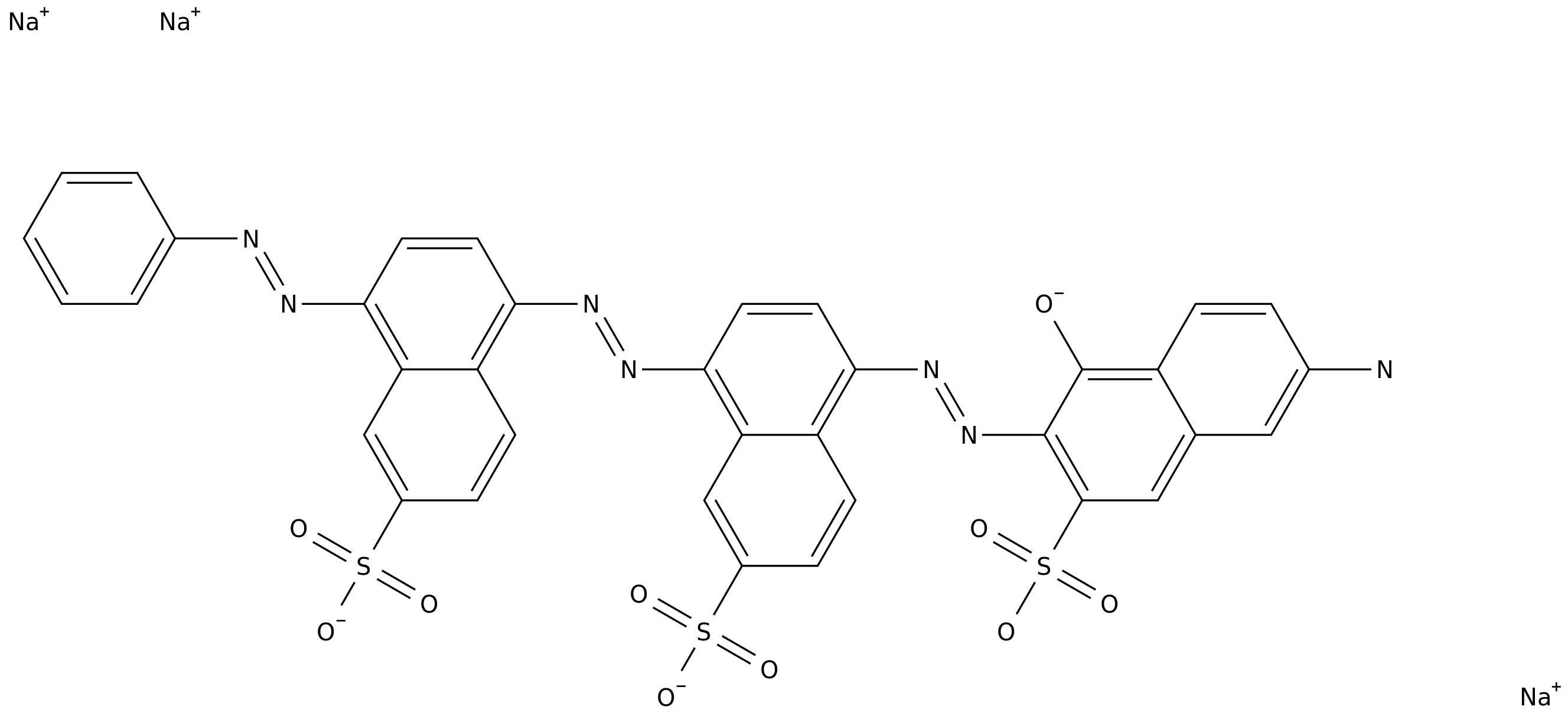What is Isopentane?

Isopentane is an alkane that is butane substituted by a methyl group at position 2. Isopentane is an extremely volatile and extremely flammable liquid at room temperature and pressure. It is also the least dense liquid at standard conditions.[citation needed] The normal boiling point is just a few degrees above room temperature and isopentane will readily boil and evaporate away on a warm day.
Isopentane is commonly used in conjunction with liquid nitrogen to achieve a liquid bath temperature of −160 °C. Natural gas typically contains 1% or less isopentane, but it is a significant component of natural gasoline. Isopentane is a low molecular-weight alkane derived from the petroleum raw materials natural gas and crude oil. It is a flammable liquid and has physical properties very similar to those of n-pentane. It is relatively stable and is inert to most chemical agents. lsopentane is generally marketed in a compressed liquefied form. Isopentane is used as a solvent, is a building-block chemical used in reactions to form other industrial substances, and has been used in the manufacture of chlorinated derivatives and the production of amyl-naphthalene and isoprene. It is used as an aerosol propellant industrially and as a blowing agent for polystyrene.
Isopentane is an organic, branched-chain alkane with five carbon atoms. 2-Methylbutane undergoes catalytic dehydrogenation in the presence of chromia-alumina catalyst to form isoamylenes, which can undergo further dehydrogenation to form isoprene. It may also be used as a solvent in the preparation of trans-Bis(triethylphosphine) (hydroxy carbonyl) (phenyl) platinum(II), a metallacarboxylic acid. It can be used as a solvent, in manufacture of chlorinated derivatives, and blowing agent for polystyrene.
Isopentane is used in a closed loop in geothermal power production to drive turbines, used in conjunction with dry ice or liquid nitrogen, to freeze tissues for cryosectioning in histology. Isopentane is a major component (sometimes 30% or more) of natural gasoline, an analog of common petroleum-derived gasoline that is condensed from natural gas. It has a substantially higher octane rating (RON 93.7) than n-pentane (61.7), and therefore there is interest in conversion from the latter. Because of the use of isopentane and other light aliphatic paraffinic hydrocarbons in cosmetic products, an independent "blue ribbon" panel of experts published in the peer-reviewed literature a review paper on the health and safety aspects of their cosmetic uses. The publication is the Final Report of the Safety Assessment of lsobutane, Isopentane, n-Butane, and Propane. The panel concluded that "on the basis of the available information, isopentane, isobutane, n-butane and propane are considered safe as cosmetic ingredients under present conditions of concentration and use.
Environmental fate Photolytic. When synthetic air containing gaseous nitrous acid and 2-methylbutane was exposed to artificial sunlight (λ = 300–450 nm), acetone, acetaldehyde, methyl nitrate, peroxy-acetal nitrate, propyl nitrate, and pentyl nitrate were formed. Based upon a photooxidation rate constant of 3.90 x 10-12 cm3/molecule with OH radicals in summer daylight, the atmospheric lifetime is 36 h. At atmospheric pressure and 300 K, Darnall et al. (1978) reported a rate constant of 3.78 x 10-12 cm3/molecule for the same reaction. Cox et al. (1980) reported a rate constant of 5.0 x 10-11 cm3/molecule for the reaction of gaseous 2-methylbutane with OH radicals based on a value of 8 x 10-12 cm3/molecule?sec for the reaction of ethylene with OH radicals.
- Art
- Causes
- Crafts
- Dance
- Drinks
- Film
- Fitness
- Food
- Games
- Gardening
- Health
- Home
- Literature
- Music
- Networking
- Other
- Party
- Religion
- Shopping
- Sports
- Theater
- Wellness
- IT, Cloud, Software and Technology


